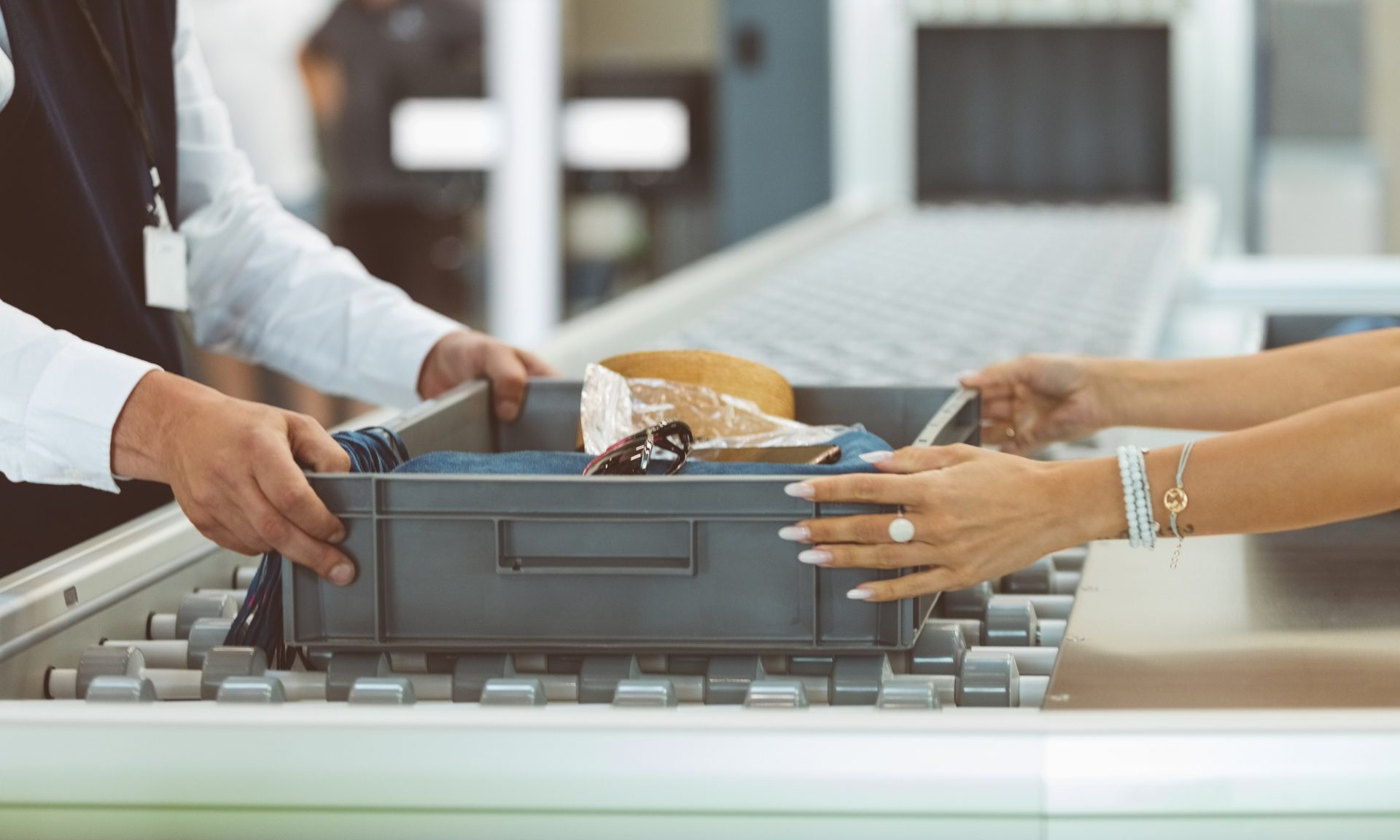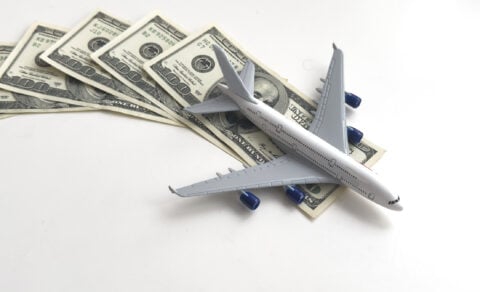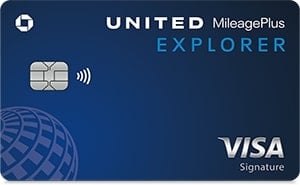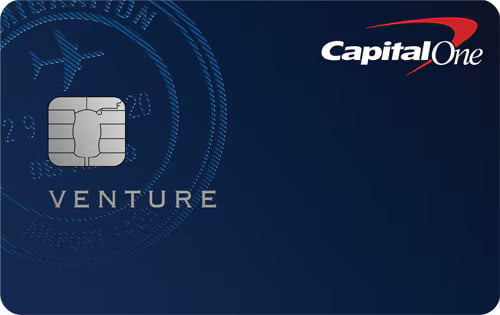Why TSA PreCheck is Still Worth It
If you fly regularly, TSA PreCheck is worth getting. And with the right card, the cost might be covered.

Many or all of the products on this page are from partners who compensate us when you click to or take an action on their website, but this does not influence our evaluations or ratings. Our opinions are our own.
You no longer need TSA PreCheck to keep your shoes on through airport security these days. So is it still worth signing up?
The short answer: For regular travelers, yes.
In July 2025, the Transportation Security Administration (TSA) airport security checkpoints stopped requiring passengers to remove their shoes. For years, that convenience was reserved for members of trusted traveler programs, like TSA PreCheck. Now, it's not a differentiator.
But it would be premature to write off the program just because of that change. Even with updates to the shoe rule, TSA PreCheck still offers significant value for those who fly more than a couple of times per year.
Get the 'Cheat Codes' to Cheaper Travel
Unlocking the secret to saving a ton on travel is easier than you think. 📤 Our free newsletter shows you how in 5 min. or less.

What's changed and what hasn't
In its July 2025 statement about the shoe policy change, the TSA says that it has been rolling out new screening technology that makes standard security lines operate a little more like TSA PreCheck lanes. This equipment meets the federal agency’s security standards without requiring passengers to remove their shoes.
Homeland Security Secretary Kristi Noem also announced that the federal agency is looking into liquid limitations, though she didn't provide any details. Currently, travelers can bring liquids in containers of no more than 3.4 ounces (100 milliliters) each, all of which must fit in a quart-sized bag.
Travelers going through standard security lines must also:
- Separate their liquids from their bags.
- Remove their belts, jackets and other outerwear.
- Remove their laptops from their bags for separate screening.
Get the 'Cheat Codes' to Cheaper Travel
Unlocking the secret to saving a ton on travel is easier than you think. 📤 Our free newsletter shows you how in 5 min. or less.

TSA PreCheck time savings still matter
While keeping your shoes on is no longer exclusive to TSA PreCheck, the service can still save travelers significant time at airport security.
According to the TSA, roughly 99% of TSA PreCheck passengers wait 10 minutes or less. Here are some other ways the program can save you time:
- Belt removal. Regular security lines require passengers to remove belts with metal buckles or hardware, which can create delays. With TSA PreCheck, you can keep your belt on.
- Jacket and outerwear removal. In the TSA PreCheck line, there's no need to strip down to your base layer. In contrast, standard passengers must remove jackets, blazers, hoodies and heavy sweaters, then spend the time to get dressed again afterward.
- Laptop removal from bags. Regular travelers are required to separate laptops from their bags, which can hold up the line. With TSA PreCheck, electronics can stay packed in your carry-on.
- Liquid removal. While the liquid restrictions are the same, you don’t have to remove yours from your bag.
- Dedicated lines. PreCheck lanes consistently move faster because fewer people have access to them, and the screening process is more efficient.
Some of these differences might seem individually insignificant, but they add up to a smoother airport experience.
Families can also benefit because children aged 17 and under can accompany parents through PreCheck lanes without their own membership. This makes family travel significantly less stressful.
» Learn more: How to skip lines at the airport
When TSA PreCheck is worth the cost
Depending on which provider you use, TSA PreCheck membership can cost between $76.75 and $85 for five years. That comes out to as little as $15.35 annually. If you take an average of two round-trip domestic trips per year, that's less than $4 per airport experience.
The more frequently you fly — whether for business or pleasure — the cost becomes increasingly worth it.
🤓 Nerdy Tip
Under a new partnership between the TSA and CLEAR, you can apply for TSA PreCheck at one of almost 50 participating CLEAR enrollment locations without an appointment. Submit your application online first, then finish the process at a CLEAR kiosk at a participating airport. CLEAR will submit your TSA PreCheck application on your behalf; expect to hear back in three to five days. If you're still concerned about the price, the good news is that you can get the application fee reimbursed with the right credit card.
Cards with TSA PreCheck
Annual fee
$0 intro for the first year, then $150.
$795.
$95.
Benefit
Statement credit of up to $120 as reimbursement when you charge the application fee for TSA PreCheck, Global Entry or NEXUS to the card. Available once every 4 years.
Statement credit of up to $120 as reimbursement when you charge the application fee for TSA PreCheck, Global Entry or NEXUS to the card. Available once every 4 years.
Statement credit of up to $120 as reimbursement when you charge the application fee for TSA PreCheck or Global Entry to the card. Available once every 4 years.
Learn more
» Learn more: How to get TSA PreCheck for free
When it's not worth it
While TSA PreCheck offers meaningful time savings and reduced stress for many travelers, it’s not ideal for everyone. It's not a good fit for:
- Infrequent travelers. If you fly fewer than two times per year, the fee may not be worth the limited opportunities to use the benefit. The convenience is real, but the cost per use can quickly outweigh the savings if you rarely travel.
- Smaller airports. Not all airports have dedicated TSA PreCheck lanes, especially regional or smaller ones. Even when available, limited staffing or operating hours can make it less dependable.
- International-only travelers. TSA PreCheck only speeds up the domestic airport screening process. If most of your travel is international and begins outside the U.S., the benefits won’t apply.
Remember, TSA PreCheck isn’t a one-size-fits-all program. Whether it’s worth it to you comes down to your personal travel habits and availability at the airports you frequent.
Before applying, take a moment to evaluate how often you travel, which airports you use most and whether a program like Global Entry might be a better fit for your needs.
Why Global Entry may be a better choice
TSA PreCheck isn't the only program that can speed things up at the airport. In many cases, it may make sense to opt for Global Entry instead, which costs $120 every five years.
Global Entry is a U.S. Customs and Border Protection (CBP) program that allows preapproved travelers to expedite their reentry into the U.S. after international trips. Instead of waiting in long customs lines, Global Entry members can use automated kiosks at select airports to verify their identity and complete customs declarations quickly.
What's more, the program includes TSA PreCheck benefits. That makes Global Entry especially valuable for frequent international travelers who want to save time both when departing and returning home.
So, should you sign up?
Despite changes to standard security screening, TSA PreCheck remains valuable for frequent travelers. The combination of shorter lines, streamlined screening and convenience justifies the modest annual cost for most people who fly regularly.
For travelers who cross international borders, though, Global Entry offers superior value by providing all TSA PreCheck benefits plus significant time savings at customs. If you fly domestically at least twice per year, TSA PreCheck can be well worth it. But if you travel internationally even once annually, Global Entry could be the smarter investment.
How to maximize your rewards
You want a travel credit card that prioritizes what’s important to you. Here are some of the best travel credit cards of 2025:
- Flexibility, point transfers and a large bonus: Chase Sapphire Preferred® Card
- No annual fee: Wells Fargo Autograph® Card
- Flat-rate travel rewards: Capital One Venture Rewards Credit Card
- Bonus travel rewards and high-end perks: Chase Sapphire Reserve®
- Luxury perks: American Express Platinum Card®
- Business travelers: Ink Business Preferred® Credit Card
Article sources
NerdWallet writers are subject matter authorities who use primary,
trustworthy sources to inform their work, including peer-reviewed
studies, government websites, academic research and interviews with
industry experts. All content is fact-checked for accuracy, timeliness
and relevance. You can learn more about NerdWallet's high
standards for journalism by reading our
editorial guidelines.
More like this
Related articles












